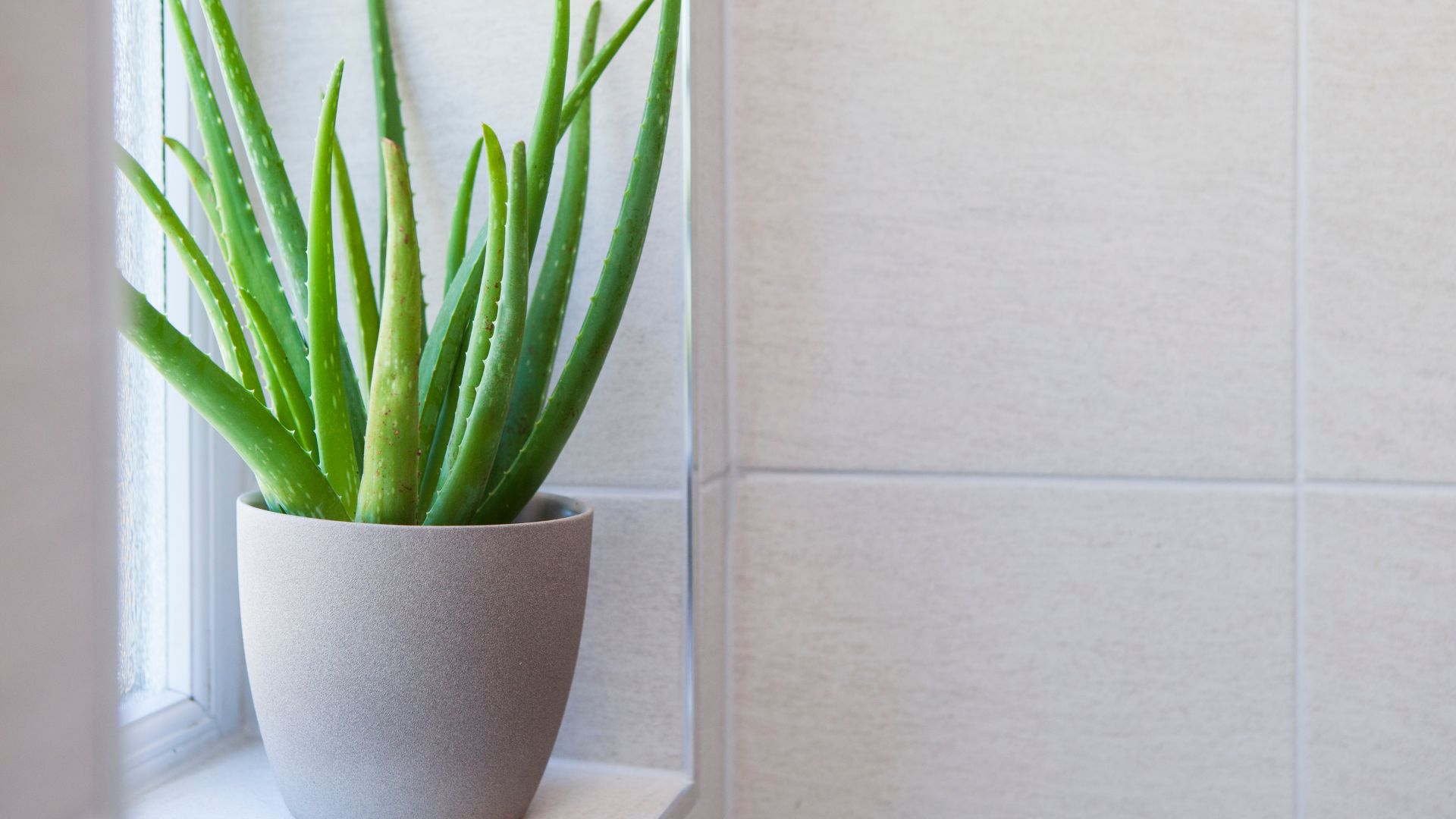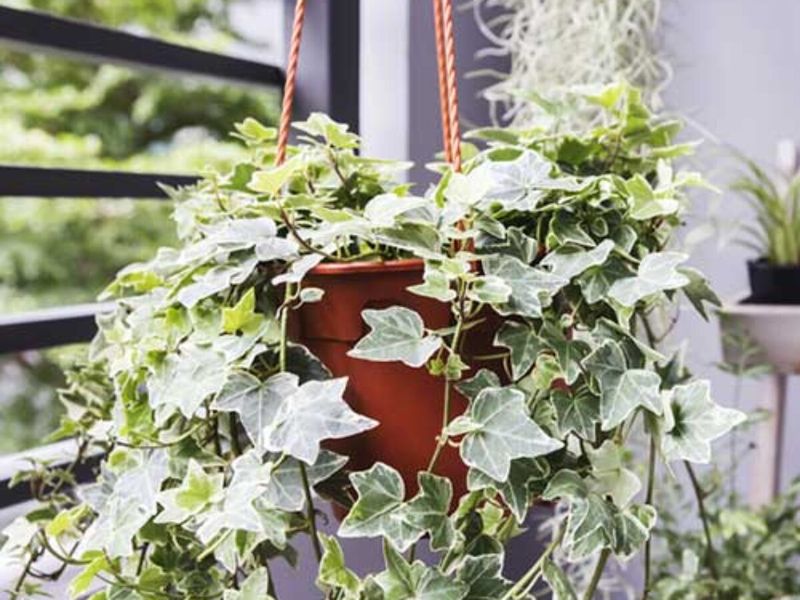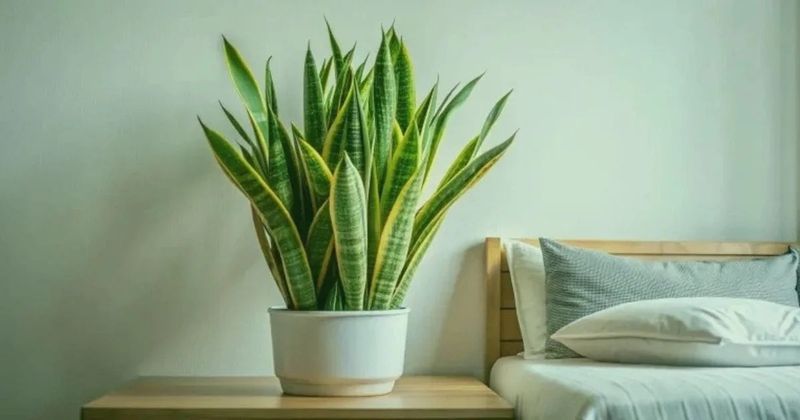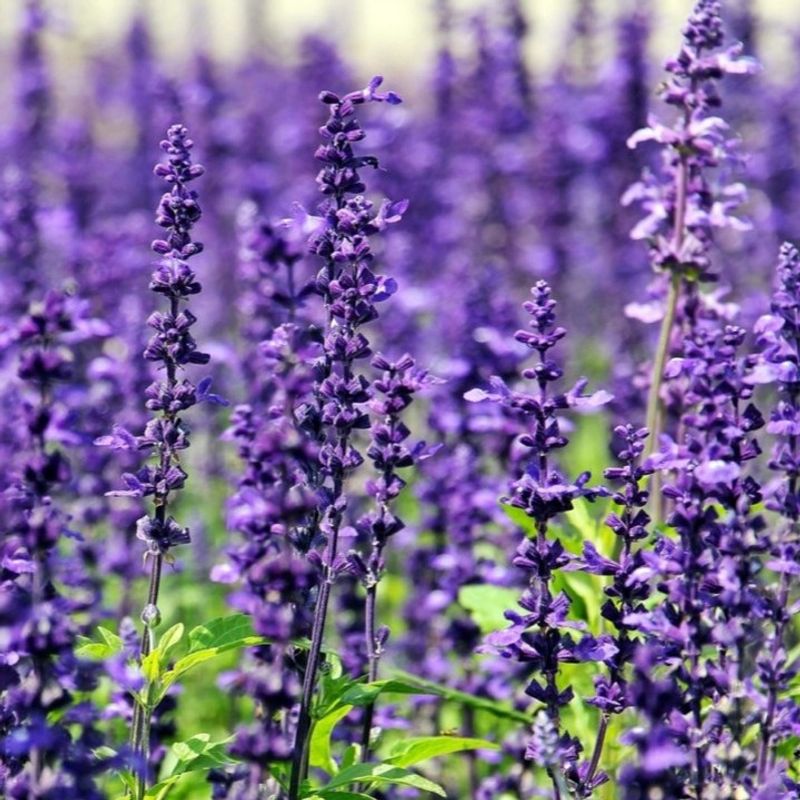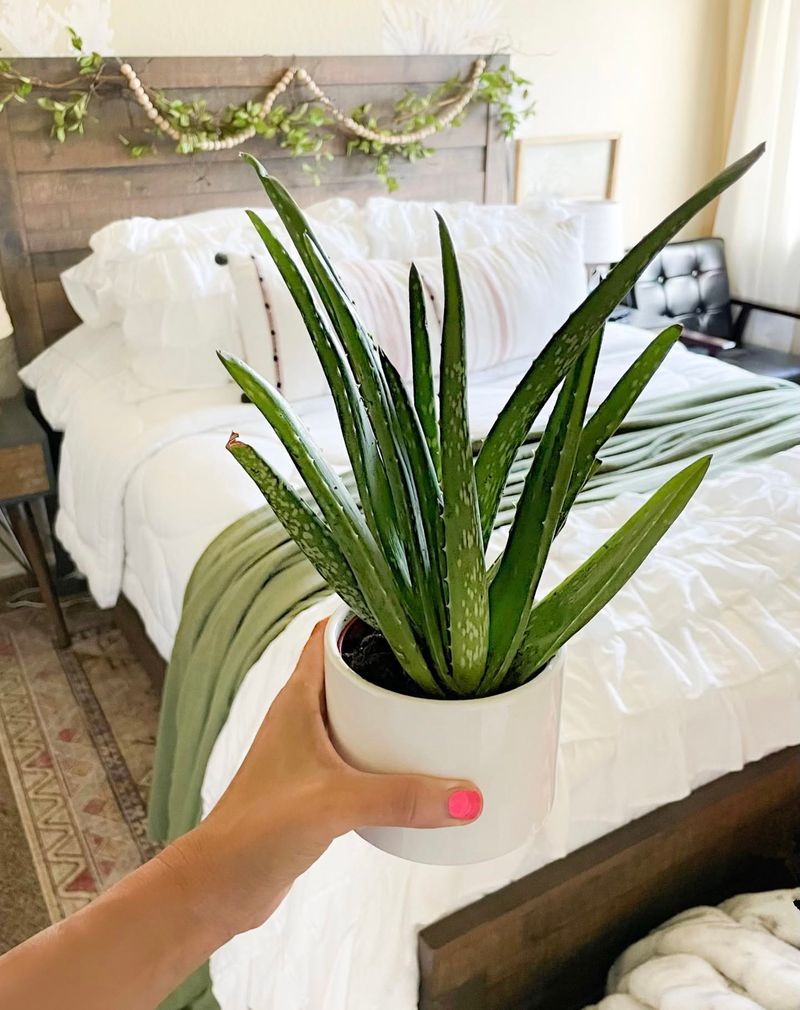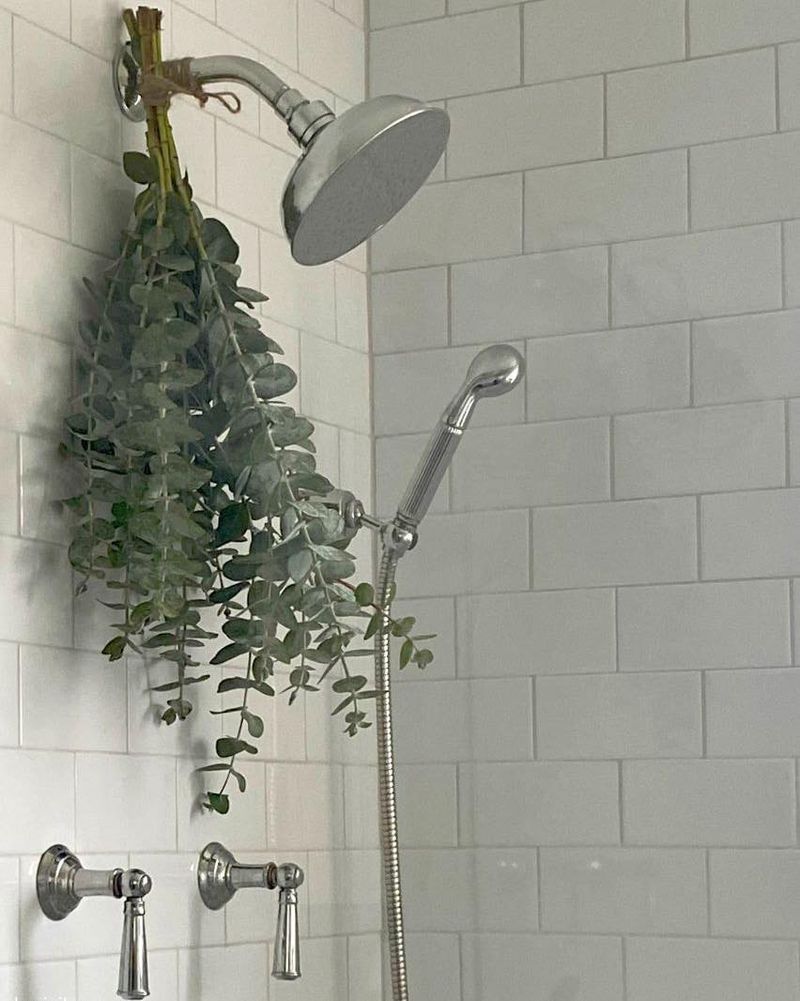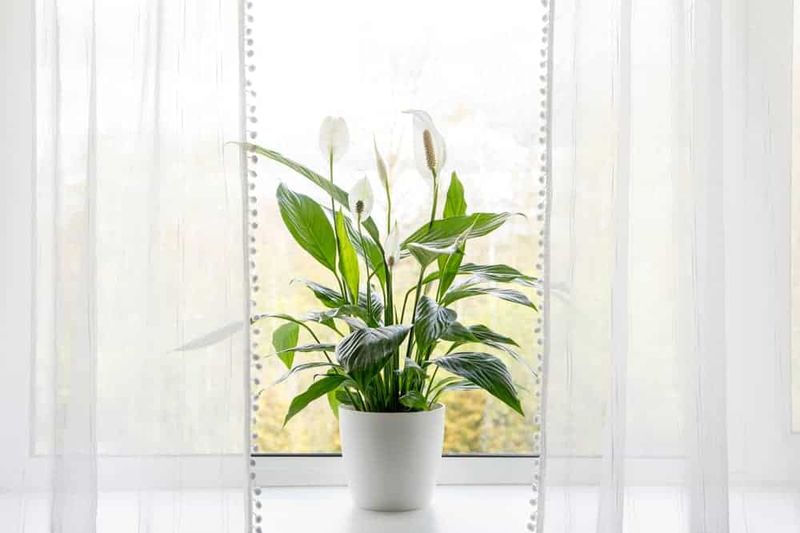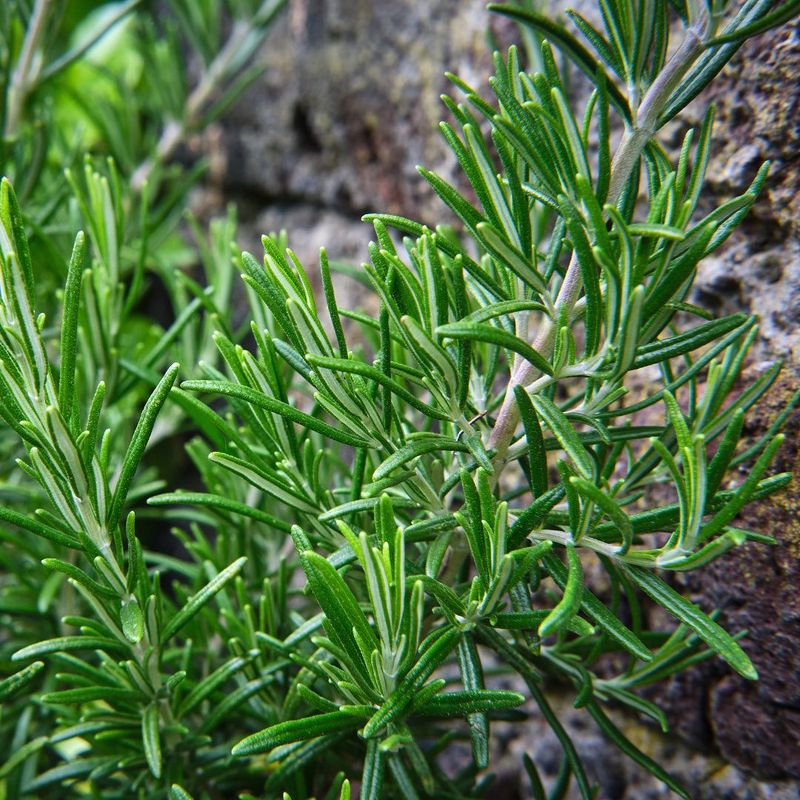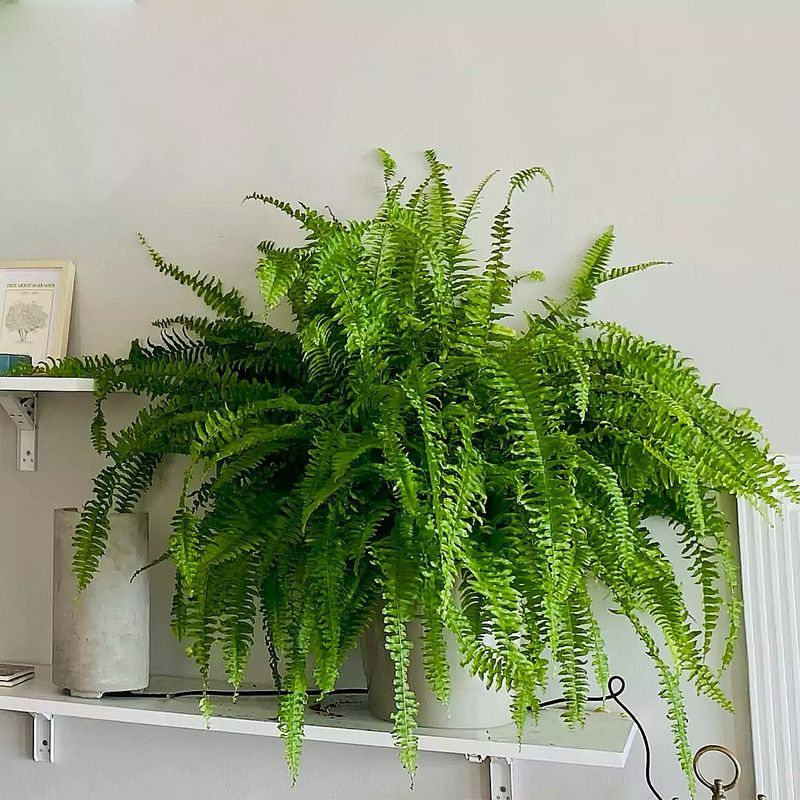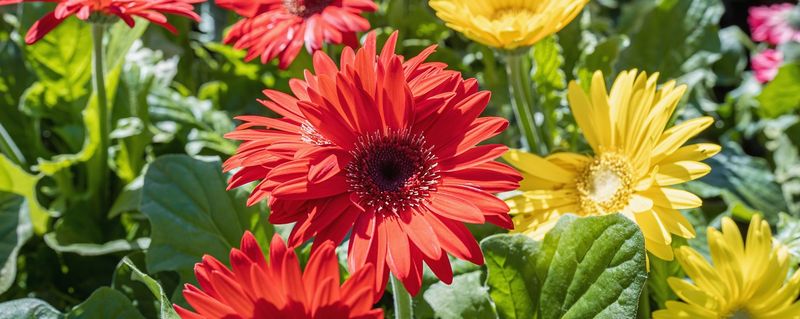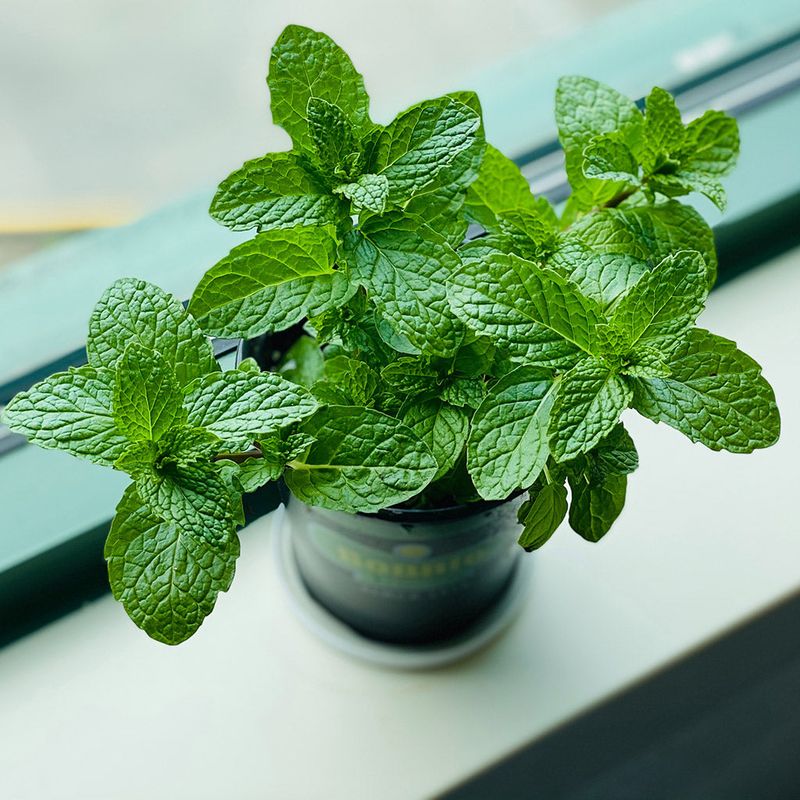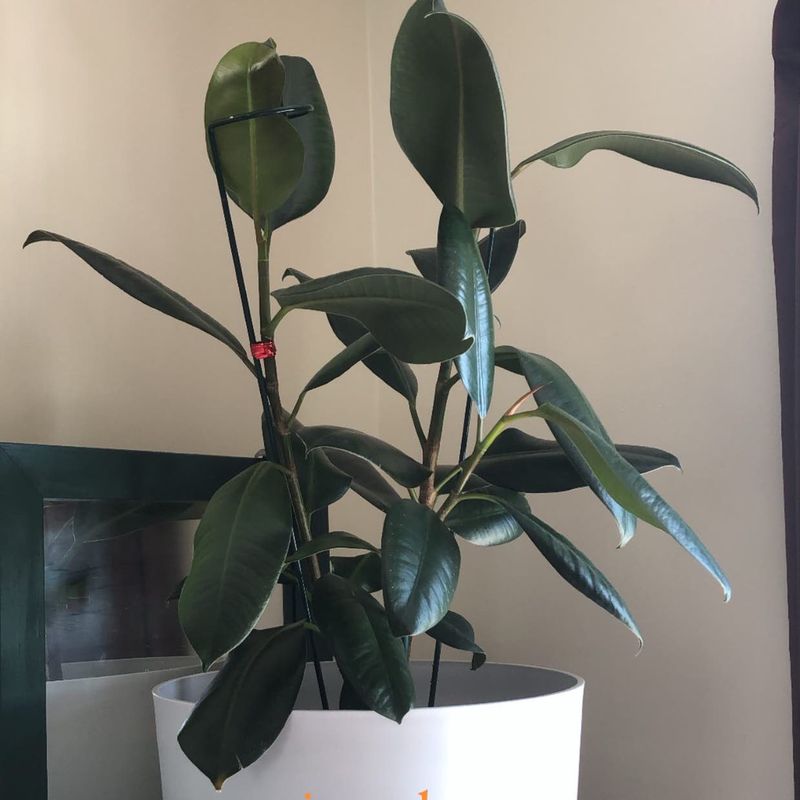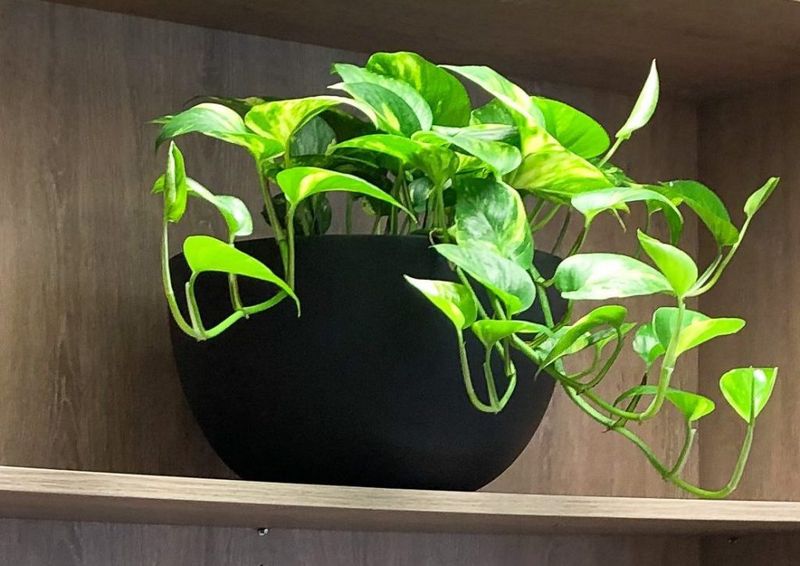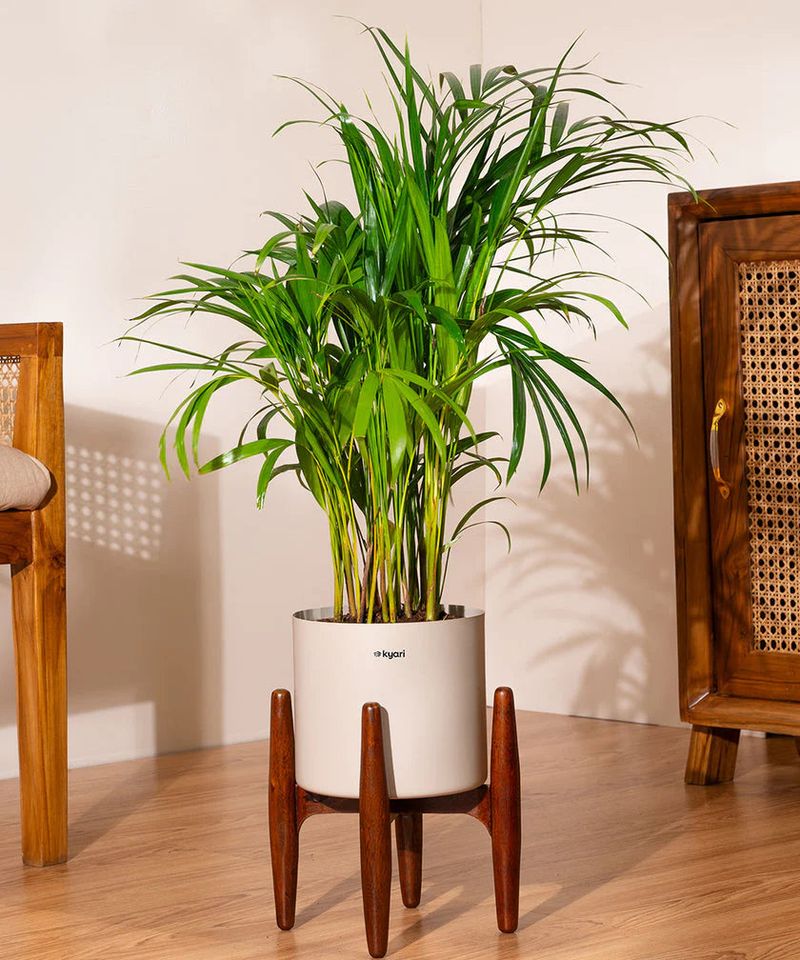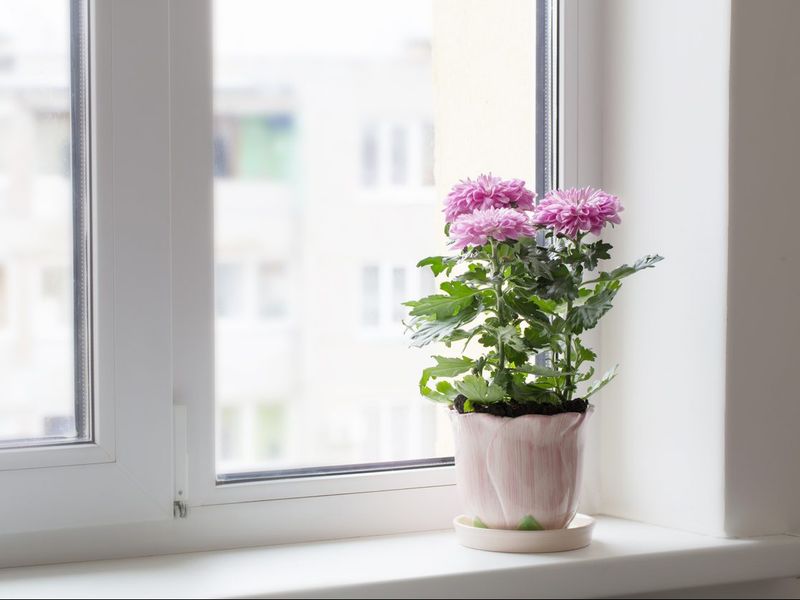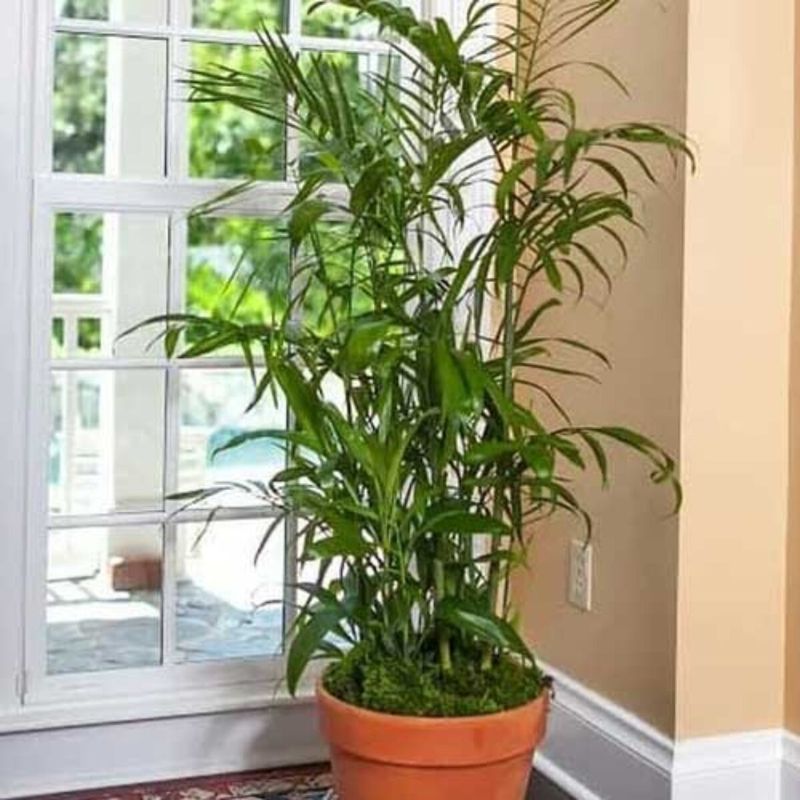Breathing troubles can make even the simplest tasks feel harder than they should. I’ve seen firsthand how frustrating it can be—whether it’s allergies, asthma, or just feeling like the air isn’t as fresh as it should be.
Thankfully, nature has a quiet way of helping. Certain houseplants don’t just brighten up a room—they also clean the air and can make it a little easier to breathe day to day.
If you’re looking to ease respiratory discomfort or just want a home that feels fresher and healthier, these green companions might be just what you need.
1. English Ivy: Nature’s Air Purifier
My grandmother swore by English Ivy for her seasonal allergies. She’d place small pots around her bedroom, claiming it helped her sleep better during pollen season.
This climbing plant actively filters airborne mold particles and harmful chemicals like formaldehyde from your home. NASA research confirms it’s among the best air-purifying plants available to homeowners.
I keep mine hanging in a bathroom basket where humidity helps it thrive. Just a quick warning though – keep it away from pets and children as the leaves can be toxic if eaten.
2. Peaceful Snake Plant For Nighttime Oxygen
During the night when most plants take oxygen in, snake plants do the opposite – they release oxygen while you sleep. This unusual nighttime behavior makes them perfect bedroom companions for anyone with breathing troubles.
Last winter, I noticed my morning congestion improved after placing one beside my bed. These upright plants with sword-shaped leaves also filter toxins like benzene and formaldehyde from indoor spaces.
The best part? They practically thrive on neglect. I water mine once every three weeks, and it’s still the healthiest plant in my collection.
3. Lavender: The Soothing Scent Master
Growing lavender on my windowsill has become my natural remedy for stress-induced breathing difficulties. The gentle fragrance seems to open airways and calm my mind simultaneously.
Lavender contains natural compounds that can help reduce inflammation in breathing passages. Many people find relief by simply inhaling its aroma, especially before bedtime when congestion often worsens.
I’ve found that brushing my hand across the plant releases just enough scent to ease tight chest feelings. It needs full sun and well-draining soil, but rewards minimal care with beautiful purple blooms.
4. Aloe Vera: Beyond Skin Benefits
Few people realize that aloe vera does more than heal sunburns – it’s actually a powerful air purifier. The gel-filled leaves continuously release oxygen while absorbing carbon dioxide and harmful chemicals from your home.
After placing several small aloe plants throughout my living room, I noticed fewer throat-clearing episodes during my morning routine. The plant works silently, improving air quality day and night. Caring for aloe couldn’t be simpler.
I water mine just once every two weeks and place it in indirect sunlight. For extra benefits, I sometimes break off a small piece and add the gel to my tea when my throat feels scratchy.
5. Eucalyptus: The Congestion Crusher
The first time I brought eucalyptus into my shower, the steamy experience felt like a spa treatment for my sinuses. Its distinctive menthol-like compounds can help loosen mucus and reduce inflammation in breathing passages.
Australian aboriginals have used eucalyptus for respiratory ailments for thousands of years. Modern research supports this traditional use, showing that its essential oils may help fight respiratory infections and reduce symptoms.
Growing eucalyptus at home requires bright light and regular pruning to keep it manageable. I hang fresh cuttings in my shower or place them in a vase near heating vents to naturally diffuse their beneficial compounds throughout my home.
6. Peace Lily: The Bathroom Breath-Enhancer
My bathroom’s peace lily thrives in the humid environment while silently filtering out airborne mold spores – common triggers for respiratory issues. Its glossy leaves and occasional white blooms bring life to an otherwise sterile space.
According to NASA’s Clean Air Study, peace lilies excel at removing common household toxins like ammonia and formaldehyde. I’ve noticed fewer morning sneezes since adding this plant to my daily routine.
While peace lilies prefer indirect light, they’re remarkably forgiving of low-light conditions. Just remember they’re toxic to pets, so I keep mine on a high shelf away from my curious cat’s reach.
7. Rosemary: The Aromatic Respiratory Aid
Walking past my kitchen rosemary plant each morning, I run my fingers through its needle-like leaves, releasing a burst of aromatic compounds that seem to instantly clear my nasal passages.
This herb contains natural anti-inflammatory compounds beneficial for respiratory health. During cold season, I sometimes boil rosemary sprigs in water, creating an improvised steam treatment. The warm vapor helps loosen congestion and soothes irritated airways.
Rosemary requires full sun and well-draining soil but rewards minimal effort with year-round benefits. Its woody stems and blue flowers make it as beautiful as it is functional in both indoor and outdoor gardens.
8. Boston Fern: The Humidity Hero
During winter when indoor heating systems create dry air that irritates lungs, my Boston fern works overtime. These lush plants naturally increase humidity levels as they release moisture through their fronds.
Higher humidity helps prevent dry throats, irritated nasal passages, and cracked lips – common complaints during heating season. My daughter’s nighttime cough noticeably improved after we added a large fern to her bedroom.
I mist mine every few days and keep a small pebble tray with water underneath to boost humidity even further. Their dramatic, cascading appearance makes them beautiful additions to any room.
9. Gerbera Daisies: Colorful Oxygen Boosters
Breathing feels lighter in a room with Gerbera daisies. These cheerful flowers aren’t just pretty faces – they’re exceptionally good at producing oxygen during both day and night, unlike many plants that only release oxygen during daylight hours.
After growing these bright bloomers near my desk, I’ve noticed fewer mid-afternoon headaches and better concentration. NASA research shows they excel at removing benzene and trichloroethylene from indoor air. They need bright light and well-draining soil to thrive.
I rotate my plants every few days so all sides get sunlight, helping them produce maximum oxygen. Their vibrant colors in red, orange, yellow and pink add a mental health boost alongside their air-purifying benefits.
10. Peppermint: The Nasal Passage Opener
Growing peppermint on my kitchen counter provides instant respiratory relief whenever I need it. Just crushing a leaf between my fingers releases menthol compounds that can help open airways and reduce congestion.
During allergy season, I make fresh peppermint tea from my plant each morning. The warm steam combined with menthol creates a gentle decongestant effect that makes breathing easier.
Peppermint grows vigorously and spreads quickly, so I keep mine contained in pots. Regular harvesting encourages bushier growth, ensuring I always have fresh leaves available when breathing troubles strike.
11. Rubber Plant: The Toxin Trapper
The broad, glossy leaves of my rubber plant do more than make a dramatic statement in my living room – they’re constantly working to absorb airborne chemicals. Their large surface area excels at capturing and breaking down harmful compounds that can irritate sensitive lungs.
Since adding this plant to my home office, I’ve noticed fewer headaches and less throat irritation during long workdays. Rubber plants are particularly effective at filtering formaldehyde, which commonly off-gasses from furniture and building materials.
These resilient plants tolerate inconsistent watering and various light conditions. I dust the leaves monthly with a damp cloth to maximize their air-cleaning efficiency and keep their unique burgundy-green color vibrant.
12. Golden Pothos: The Beginner’s Breathing Helper
When my breathing issues first started, I wasn’t much of a plant person. Golden pothos changed that – practically impossible to kill, this trailing vine quietly removes carbon monoxide and formaldehyde from indoor air with minimal care requirements.
The cascading vines look beautiful on my bookshelf, where they catch indirect light. Their heart-shaped leaves continuously filter common household toxins that can trigger respiratory symptoms.
I’ve noticed my morning throat clearing has decreased since adding several to my living spaces. I water mine when the soil feels dry and occasionally wipe dust from the leaves.
13. Areca Palm: The Living Humidifier
Moving from Florida to a drier climate triggered my asthma, until I discovered areca palms. These elegant plants release moisture into the air, creating a naturally humid environment that soothes irritated airways and prevents dry coughs.
Beyond adding humidity, areca palms excel at filtering xylene and toluene from indoor air. These chemicals, commonly found in household products, can trigger breathing difficulties in sensitive individuals.
They require bright, indirect light and consistent watering. I mist mine weekly and keep it away from cold drafts. Its feathery fronds add a tropical feel while silently improving the breathability of my home office.
14. Chrysanthemum: The Chemical Fighter
Bringing potted chrysanthemums indoors was a game-changer for my sensitive lungs. These colorful blooms aren’t just decorative – they’re powerhouses at eliminating ammonia, benzene, formaldehyde, and xylene from indoor air.
After my apartment was repainted, I placed several chrysanthemums throughout to help absorb the chemical fumes. Within days, the air felt cleaner, and my usual post-painting breathing difficulties were noticeably reduced.
While they’re often treated as temporary houseplants, I’ve found they can thrive indoors with proper care. They need bright light and regular watering. Once blooms fade, I move them outdoors to recover until their next flowering cycle.
15. Bamboo Palm: The Indoor Air Detoxifier
My bedroom’s bamboo palm sits quietly in the corner, steadily removing formaldehyde and other chemicals that can irritate sensitive airways. Its slender stems and delicate leaves bring a peaceful presence while working as natural air filters.
During winter when windows stay closed, I’ve noticed my morning breathing is easier thanks to this plant’s air-purifying abilities. Bamboo palms excel at maintaining healthy humidity levels too, preventing the dry air that often triggers nighttime coughing.
Despite its tropical appearance, bamboo palm tolerates lower light conditions than many houseplants. I water mine when the top inch of soil feels dry and occasionally wipe dust from the leaves to maintain its air-cleaning efficiency.

